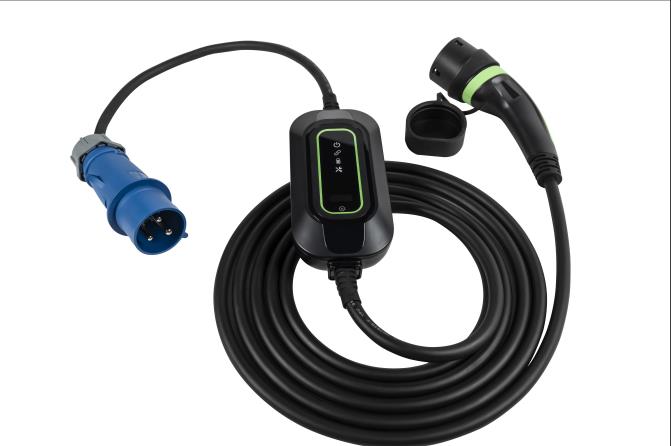Nowadays there are more and more electric vehicles on our roads. However around the world of the electric there is a veil of mystery due to technicalities that first-time users have to face. Which is why we decided to clarify one of the main aspects of the electric world: the EV charging modes. The reference standard is IEC 61851-1 and it defines 4 charging modes. We will see them in detail, trying to sort out the clutter around them.
Our AG mode requires the presence of a specific safety system between the point of connection to the electrical network and the car in charge. The system is placed on the charging cable and is called the Control box. Typically installed on portable chargers for electric vehicles. We AG Mode 2 can be used with both domestic and industrial sockets.

AG mode 3 requires that the vehicle is charged through a power supply system permanently connected to the electrical network. The Control Box is integrated directly into the dedicated charging point.
This is the mode of wallboxes, commercial charging points and all automatic charging systems in alternating current. In Italy, it is the only mode allowed to charge the car in public spaces in alternating current.
Charging stations operating in mode 3 usually allow charging up to 32 A and 250 V in single-phase while up to 32 A and 480 V in three-phase, even if the legislation does not set limits.
